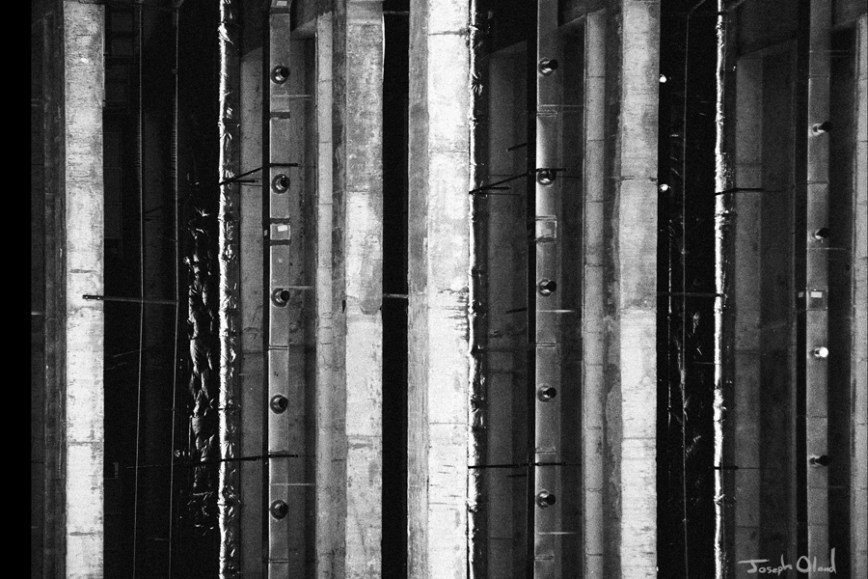 FINE ART PRINTS AVAILABLE HERE
FINE ART PRINTS AVAILABLE HERE
– – –
OTHER ‘IMAGE OF THE DAY’ PRINTS AVAILABLE HERE
One of my friends – more of an activist, politically motivated, and extreme personality – once commented that my work specifically seeks to “mean nothing at all.” This was over a decade ago, but I remember the comment; it made me think a lot about the kinds of images I was making at the time. I didn’t feel insulted, but I did feel compelled, initially, to try and defend myself.
My natural instinct was to disagree (and I did disagree), but it was the first time I really sat down and tried to apply meaning to the photographs and paintings I was making. And it made me think about the utility of abstract imagery in a broad and general sense, too.
I don’t think all artwork needs to be a didactic teaching tool, or direct the thoughts and emotions of the viewer. In fact, in many circumstances, I have a contrary opinion. I am seduced by abstract compositions specifically because they can mean any number of things to any number of people. The possibilities aren’t infinite. Color, movement, composition, film grain, delicate or light brush strokes – these all guide our interpretation and emotional response. But abstract compositions allow us to think broadly about how an image impacts us, and the experience of viewing abstract art becomes very personal. An abstraction can remind us of a specific event, a movie we watched, an experience we had – and in an almost slight-of-hand kind of way, through some peculiar magic, an image made by a complete stranger can ascend to significance in the hearts and minds of the individuals looking at it.
I am compelled to make pictures like this for reasons that still evade me, but I make them because they affect me, they move me, they touch a part of my subconscious and tickle a part of my mind. I can’t expect images like this to be universally adored, but I have to have faith, as an artist, that there are other people out there, like me, who find this kind of composition interesting.
The hardest thing for an artist to do is follow their instincts. If I listened to all of the criticism, all I would do is try to mimic the landscapes of Ansel Adams or take endless ‘desert sunset’ pictures. There are plenty of those images in the world, and I just need to make images of my very own.


